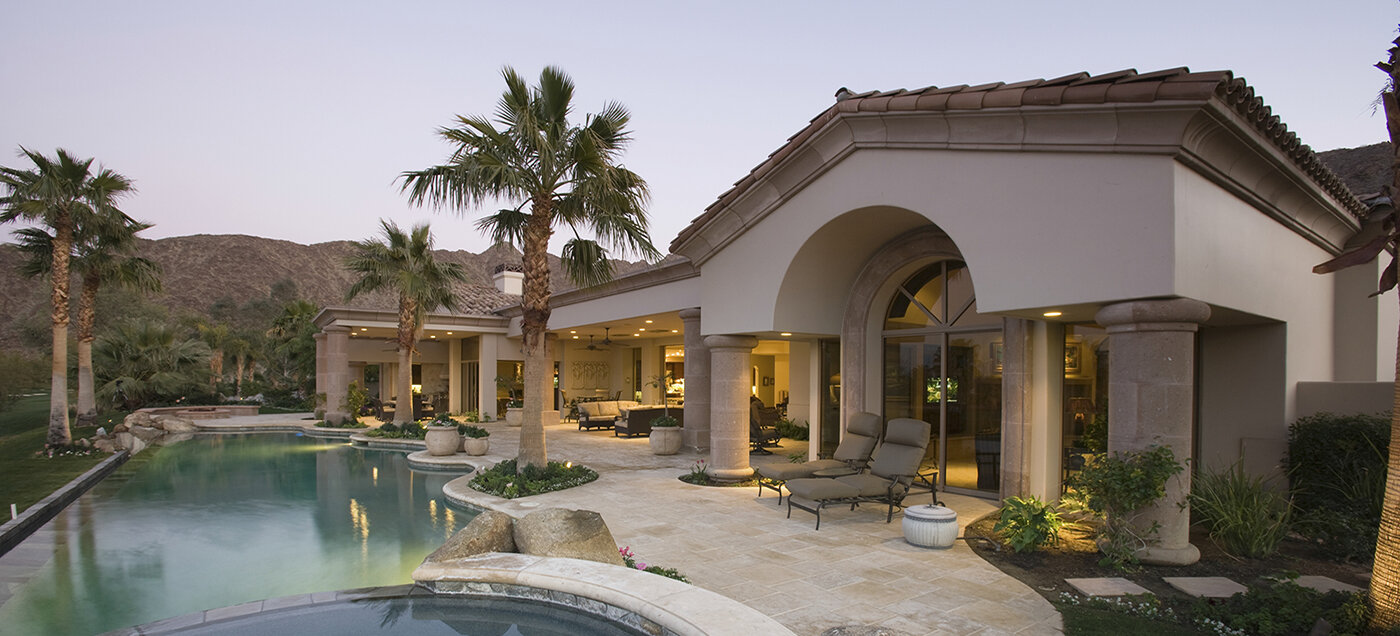Residential Real Estate News

COVID Drove New Home Construction to U.S. Suburbia in 2020
Residential News » Phoenix Edition | By Monsef Rachid | March 4, 2021 8:45 AM ET
According to the National Association of Home Builders, the suburban shift in U.S. home building stemming from the COVID-19 pandemic fears - as first reported in last year's Q2 NAHB Home Building Geography Index -- continued throughout the rest of 2020.
Single-family construction continued to over perform in suburbs, exurbs and rural communities, according to fourth quarter HBGI data released today. This continuing trend is a direct result of the pandemic; as more workers were able to telecommute and preferences shifted favoring larger homes, these changes prompted buyers and renters to seek out more affordable markets in order to accommodate home offices, home gyms and specialty rooms.
"Housing was one of the few economic bright spots in 2020, as builders worked to meet growing demand for single-family and multifamily housing, particularly in more affordable, smaller metro areas," said NAHB Chairman Chuck Fowke. "Housing can continue to be an engine of job creation and help the economy move forward in 2021. But in order to do so, policymakers need to address rising regulatory burdens and sharp increases in lumber and other building material prices that are harming housing affordability."
"Over the past three quarters, the HBGI data has revealed a measurable shift in home building from more costly, large metro areas to more affordable markets," said NAHB Chief Economist Robert Dietz. "We expect only a partial reversal of these trends this year as nationwide vaccination efforts significantly ramp up in the months ahead."
Fourth quarter HBGI data reveal a clear shift in the geography of home building:
- Outlying counties of smaller metro areas experienced a 20.7 percent growth rate for the year;
- Small metro core areas posted a 15.7 percent annual growth rate;
- Large metro suburbs registered a 15.1 percent yearly gain; and
- Large metro core areas (close-in residential areas) posted the slowest gain, with just a 9.1 percent growth rate.
Sign Up Free | The WPJ Weekly Newsletter
Relevant real estate news.
Actionable market intelligence.
Right to your inbox every week.
Real Estate Listings Showcase
Related News Stories
Residential Real Estate Headlines
- U.S. New-Home Sales Surge in August as Mortgage Rates Ease
- Despite Increased Foreign Buyer Activity, Miami Residential Sales Dip 11 Percent in August
- California Home Sales Enjoy Modest Uptick as Mortgage Rates Ease
- U.S. Home-Flipping Profits Sink to Lowest Level Since 2008 Financial Crisis as Costs Climb
- Why the World's Rich Are Flocking to Europe in 2025
- Federal Reserve Delivers First Rate Cut of 2025 as Mortgage Relief Proves Limited
- Homebuilder Sentiment Holds Steady in U.S. as Rate-Cut Bets Lift Outlook
- U.S. Mortgage Rates Experience Sharpest Weekly Drop in Over a Year
- U.S. Foreclosures Rise for Sixth Straight Month as Affordability Pressures Mount
- Black U.S. Homeownership Rate Falls to Two-Year Low as Job Losses Mount
- Las Vegas Home Prices Flatten as Listings Surge, Sales Slow
- Cooling Miami Housing Market Sees 16 Percent Annual Sales Drop in July
- U.S. Mortgage Delinquencies Uptick in June Amid Regional Pressures
- California, Florida Top U.S. Housing Markets Most at Risk of Downturn
- 30-Year Mortgage Drops to 6.56 Percent in Late August, Lowest Since October 2024
- Investors Maintain Elevated Role in U.S. Housing Market Despite Slight Pullback
- Pending Home Sales Show Mixed Signals as U.S. Buyers Remain Cautious
- Canadian Home Sales Extend Recovery in July
- U.S. Home Sales Rise in July as Buyers Gain More Bargaining Power
- Zombie Foreclosures Edge Up Across U.S.
- 2.6 Million Homes at Wildfire Risk Across 14 Western States in 2025
- One in Five Americans Willing to Trade Personal Safety for Home Affordability
- U.S. Home Price Growth Slows as Affordability Pressures Mount in 2025
- U.S. Mortgage Rates Dip to Four Month Low in Early August
- U.S. Mortgage Applications Rise in Late July, Breaking Four-Week Slump
- Hong Kong's Housing Market Stuck in Stalemate as Bulls and Bears Face Off
- U.S. Condo Market Struggles in 2025
- U.S. Pending Home Sales Remain Sluggish in June
- Los Angeles Area Wildfires Destroyed Nearly $52 Billion in Homes Last January
- Greater Palm Beach Area Residential Sales Slip in June Amid Growing Inventory
- Economic Resilience Lifts U.S. Housing Outlook Going Forward
- New Home Sales Stagnate as Affordability Struggles Continue in America
- U.S. Housing Market Slips in June as Prices Hit New Highs
- Florida, California Continue to Reign Supreme as America's Ultraluxury Housing Markets
- Caribbean Housing Market Evolves into Global Second-Home Hotspot
- U.S. Home Sales See Highest June Cancellation Rate on Record
- Orlando Housing Market Cools in June as Listings Slide, Sales Slow
- Private Credit Surges in 2025 as Real Estate Developers Bypass Banks
- U.S. Condo Market Suffers Sharpest Price Drops in Over a Decade as Buyers Retreat
- Rising Taxes, Insurance Costs Undermine the Stability of U.S. Homeownership







